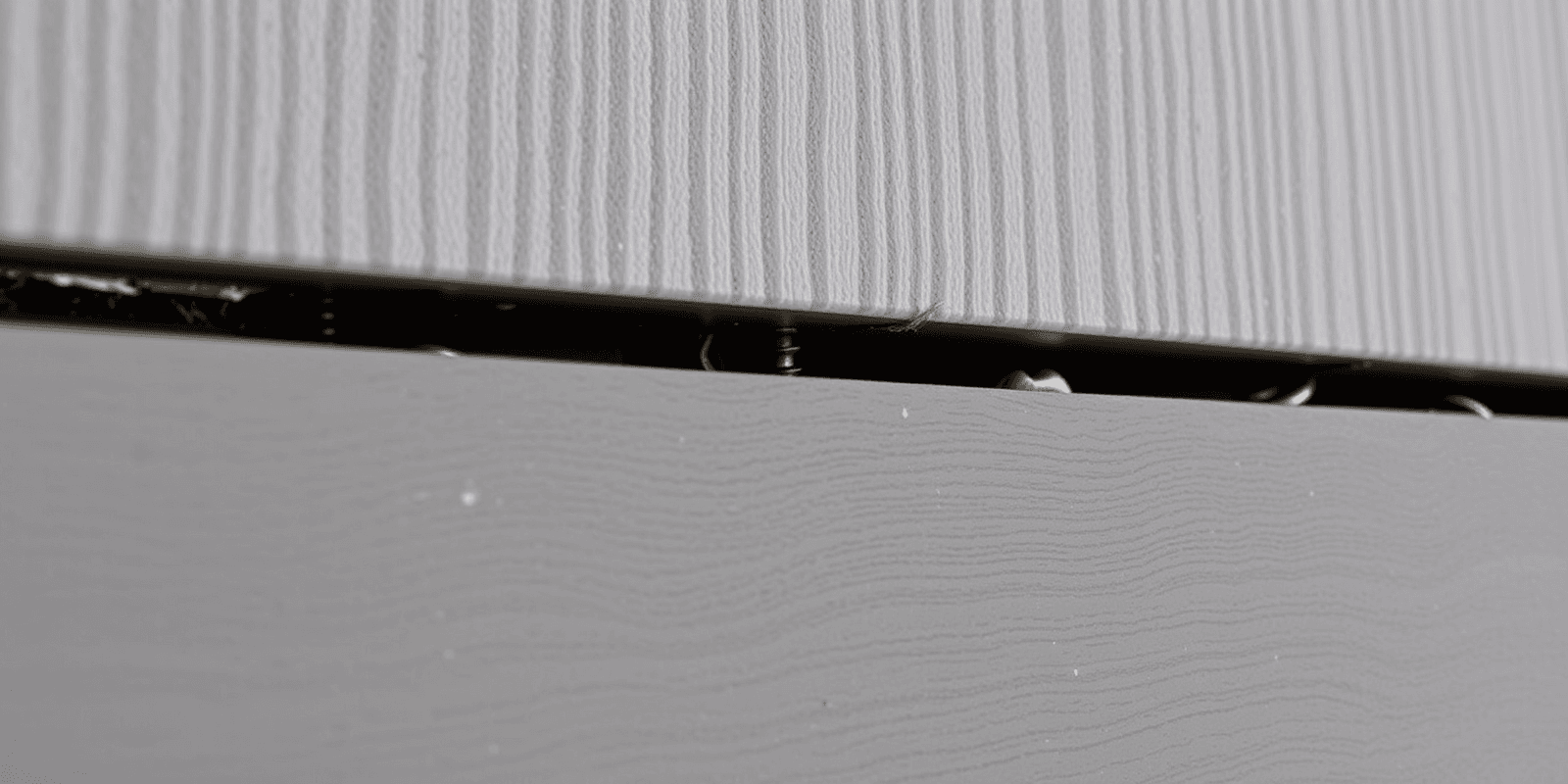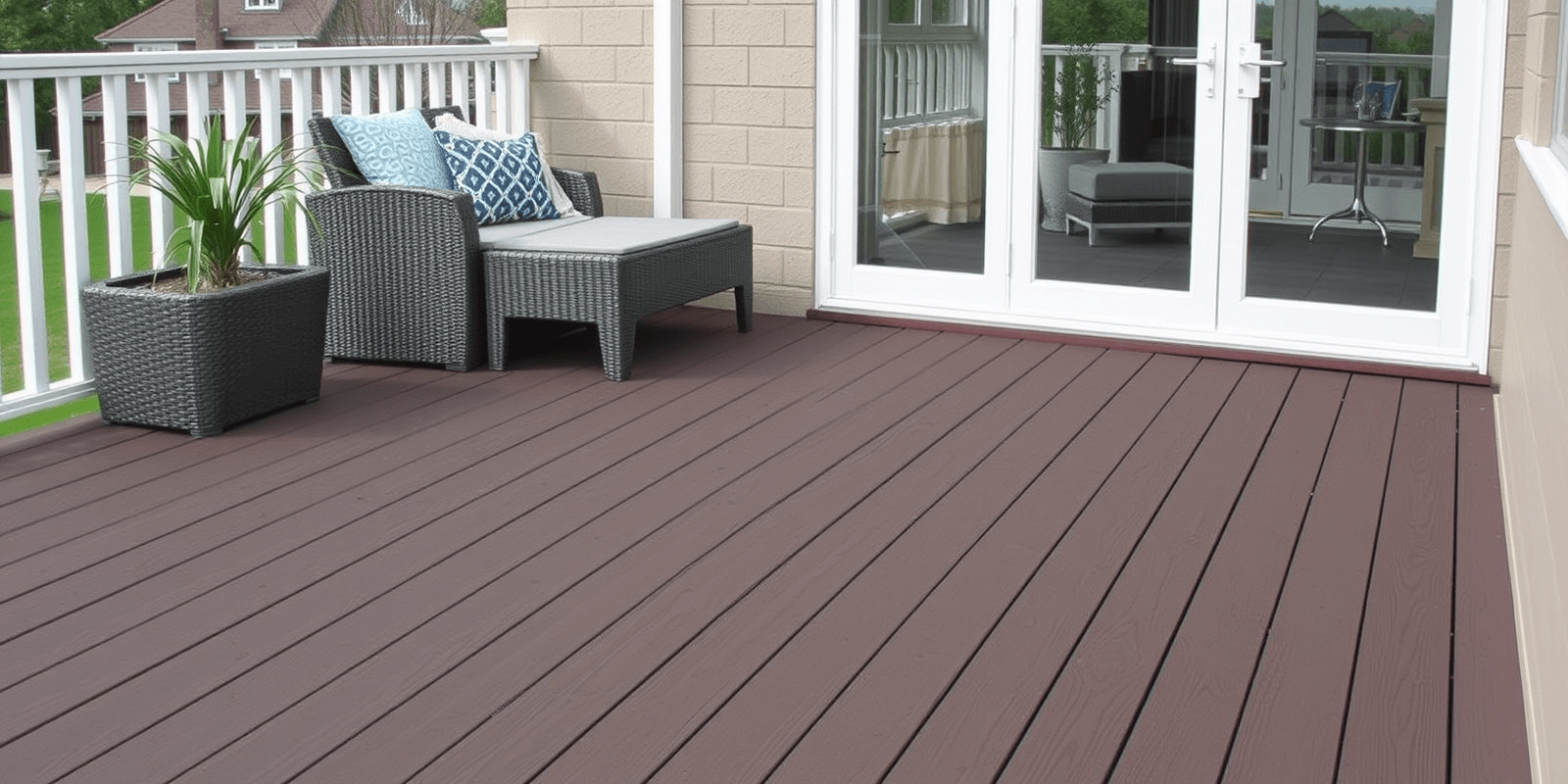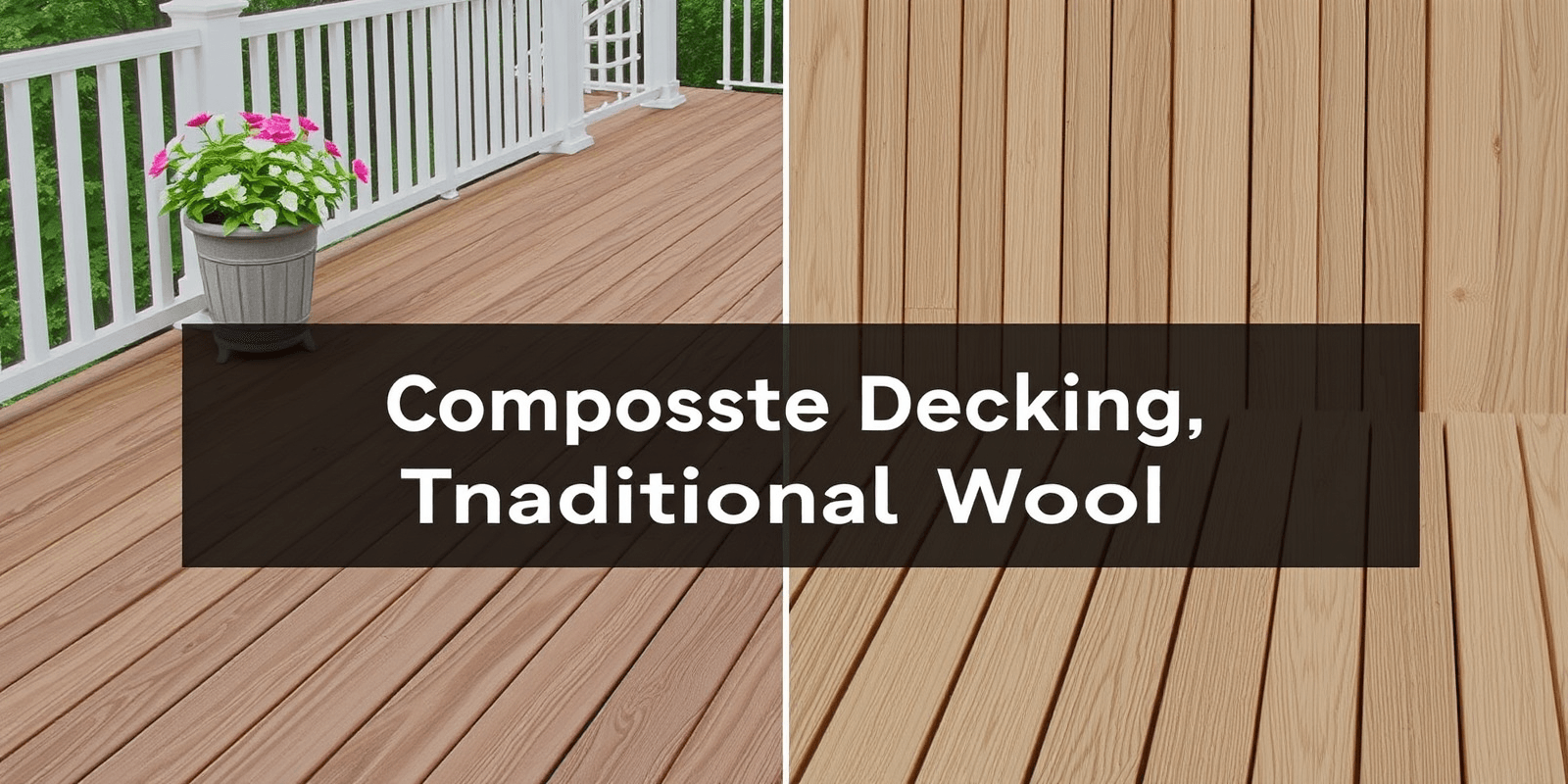“`html
Wrong Screws Put in Composite Decking: Remedies and Fixes
Introduction
Composite decking has become a popular choice for outdoor spaces due to its durability, low maintenance, and aesthetic appeal. However, like any construction material, it requires proper installation to ensure longevity and safety. One common issue that can arise is the use of wrong screws in composite decking. This article will guide you through identifying these issues, understanding the reasons behind improper installation, and providing effective remedies.
Identifying Wrong Screws in Composite Decking
The first step in addressing wrong screws is recognizing them. Common signs include visible damage to the decking boards, such as cracks or splits around the screw holes. Additionally, if the screws are too short or too long, they may not secure the boards properly, leading to wobbling or lifting. Inspect each board thoroughly, especially those near the edges or where the deck meets the house.
Reasons Behind Improper Installation
Several factors can lead to the use of wrong screws in composite decking. One primary reason is a lack of knowledge about the specific requirements of composite materials. Unlike wood, composite decking requires specialized fasteners designed to accommodate its unique properties. Using standard wood screws can result in over-tightening, causing the composite material to crack or split. Another common mistake is using screws that are too short, which may not provide adequate holding power, or screws that are too long, potentially penetrating the deck from the underside.
Best Practices to Fix Wrong Screws
Fixing wrong screws involves several steps to ensure the deck’s integrity and aesthetics. First, remove the incorrect screws carefully to avoid further damage to the composite boards. Use a drill with a screw extractor bit if necessary. Once the old screws are removed, clean the screw holes thoroughly with a brush or compressed air to remove any debris. Next, replace the old screws with the appropriate type—composite-specific screws designed for strength and flexibility. Ensure they are the right length and diameter to fit the board thickness and provide sufficient holding power without over-tightening. Finally, consider applying a sealant or filler around the new screws to enhance water resistance and improve the overall appearance.
Conclusion
Proper installation is crucial for the longevity and safety of your composite decking. Identifying and correcting wrong screws is an essential part of maintaining your deck’s integrity. By following the steps outlined above and choosing the right screws, you can ensure that your composite decking remains a beautiful and functional space for years to come.
“`
This HTML document provides a structured blog post on the topic of wrong screws in composite decking, including an introduction, identification process, reasons for improper installation, and remedies. The content is SEO-friendly and includes references to authoritative sources.



